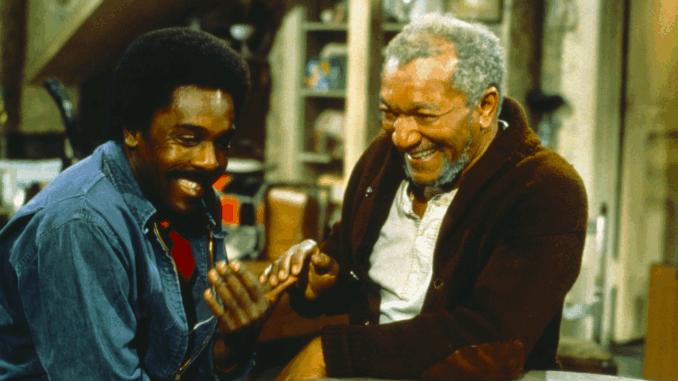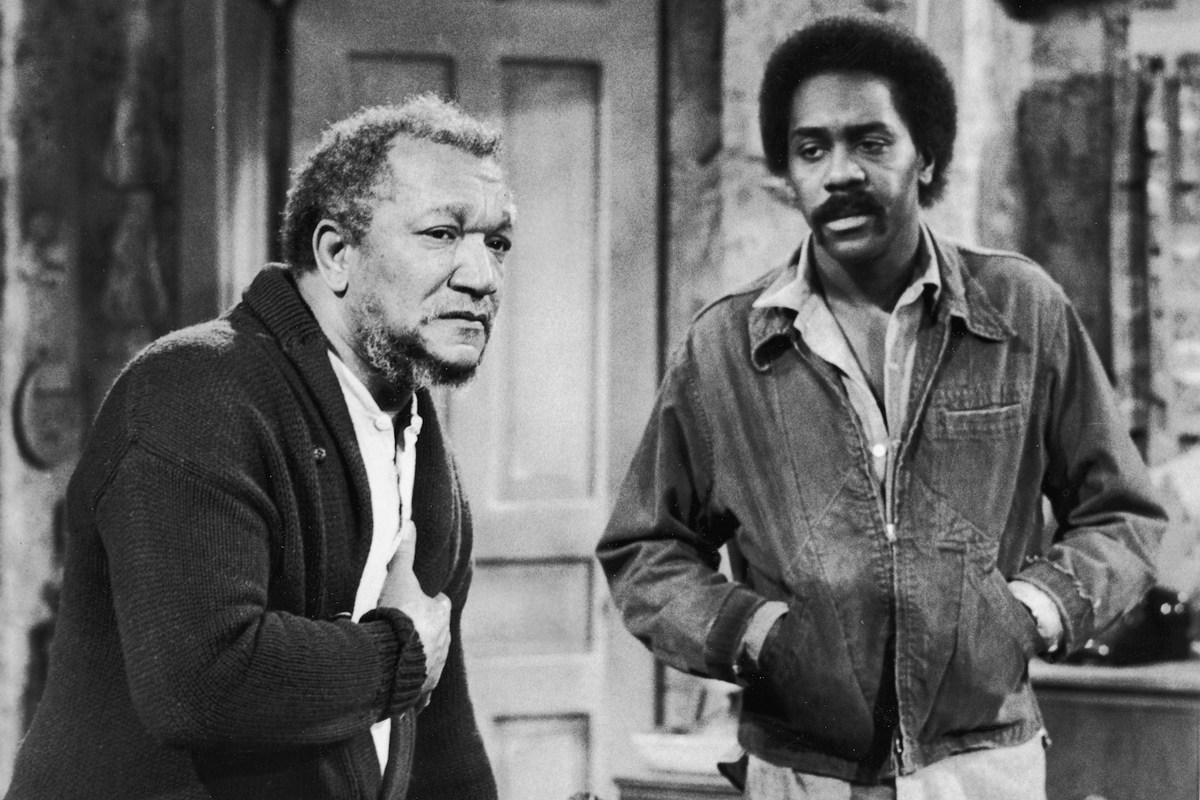
When Sanford and Son premiered in 1972, it wasn’t the first Black-led sitcom on network television — but it was the one that truly broke through. Modeled after the British series Steptoe and Son, the American version did something rare: it let Black characters be messy, hilarious, and human — without serving as role models or moral lessons.
Fred Sanford wasn’t perfect. He was cheap, cranky, prejudiced, and loud. But he was real. That authenticity struck a chord with Black audiences who had grown tired of sanitized, overly respectable characters. Foxx gave people someone who felt like their uncle or father — flaws and all.

What made Sanford and Son different from other shows like Good Times or The Jeffersons was its simplicity. Set mostly in a junkyard home, the show focused on the day-to-day bickering and bonding of a father and son. It didn’t need “very special episodes” to be meaningful — it was powerful in its small moments.
The show also helped launch a wave of Black-centered TV in the ’70s, paving the way for What’s Happening!!, 227, and even The Fresh Prince of Bel-Air years later. And it did it not by preaching, but by being funny.
In a modern television world still catching up in terms of representation, Sanford and Son remains a radical act: two Black men running a junkyard, cracking jokes, and getting on each other’s nerves — just like family.
